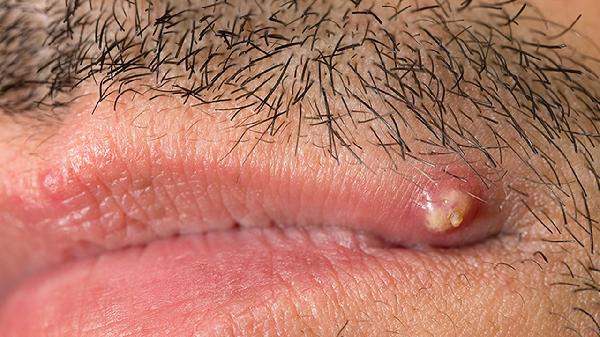Female sexual dysfunction (FSD) encompasses a wide range of clinical types, each with its unique underlying causes. Unlike a one-size-fits-all solution, there is no universal "female Viagra" that works for every woman or every type of FSD. Effective treatment begins with identifying the root causes, such as hormonal imbalances, medications that suppress sexual function, physical illnesses, psychological trauma, or misguided sexual beliefs. Addressing these factors through tailored interventions can yield more satisfactory outcomes than relying solely on pharmaceutical solutions.

Understanding the Root Causes
Before embarking on treatment, it is crucial to diagnose the primary factors contributing to FSD. Hormonal irregularities, such as those caused by menopause or thyroid disorders, can significantly impact sexual desire and function. Certain medications, including antidepressants and birth control pills, may also suppress libido. Physical conditions like diabetes, cardiovascular disease, or neurological disorders can further complicate matters. Additionally, psychological factors such as anxiety, depression, or past sexual trauma play a pivotal role in FSD. Misconceptions about sexuality or societal pressures can also hinder a woman's sexual well-being.
A Spectrum of Treatment Options
The treatment landscape for FSD is diverse, offering numerous alternatives beyond pharmaceutical interventions. Hormone therapy, for instance, can help regulate levels of estrogen, testosterone, or other hormones that influence sexual desire. Lifestyle changes, such as regular exercise, stress management, and a balanced diet, can also enhance sexual health. Psychological counseling or sex therapy can address emotional barriers and improve communication between partners. Practical solutions like lubricants or sexual aids can alleviate physical discomfort during intercourse. Even non-traditional methods, such as watching erotic content or exploring mindfulness techniques, can contribute to a healthier sexual relationship.
The Role of Emotional Connection
While medications and therapies can be effective, the emotional bond between partners remains a cornerstone of sexual satisfaction. A supportive and understanding partner can act as the most potent "female Viagra." Open communication, mutual respect, and emotional intimacy can reignite passion and foster a fulfilling sexual relationship. Women who feel valued and connected to their partners are more likely to experience sexual arousal and satisfaction. Thus, nurturing the emotional aspect of a relationship is often more impactful than relying on external remedies.
The Limitations of Pharmaceutical Solutions
The quest for a "female Viagra" has garnered significant attention, but it is essential to recognize its limitations. Unlike male sexual dysfunction, which often has a physical basis, FSD is deeply intertwined with psychological and emotional factors. Medications that target physiological aspects may not address the underlying emotional or relational issues. Moreover, the side effects of such drugs can outweigh their benefits for some women. Therefore, a holistic approach that combines medical, psychological, and relational strategies is often more effective.
Empowering Women Through Education and Support
Education plays a vital role in addressing FSD. By dispelling myths and providing accurate information about sexual health, women can make informed decisions about their treatment options. Support groups and online communities can also offer a safe space for women to share their experiences and seek advice. Encouraging open conversations about sexuality can reduce stigma and empower women to prioritize their sexual well-being.
The Future of FSD Treatment
As research into FSD continues to evolve, new treatments and therapies are likely to emerge. Advances in personalized medicine may lead to more targeted interventions based on an individual's unique hormonal, psychological, and relational profile. Additionally, integrating technology, such as telehealth platforms or virtual reality therapy, could make treatment more accessible and effective. However, the emphasis on a holistic, patient-centered approach will remain paramount in addressing the complex nature of FSD.
Conclusion
Female sexual dysfunction is a multifaceted condition that requires a comprehensive and individualized treatment plan. While medications like a "female Viagra" may offer some relief, they are not a panacea. Addressing the underlying causes, fostering emotional intimacy, and exploring a range of therapeutic options can lead to more sustainable and satisfying outcomes. By prioritizing education, communication, and holistic care, women can reclaim their sexual health and well-being.
























